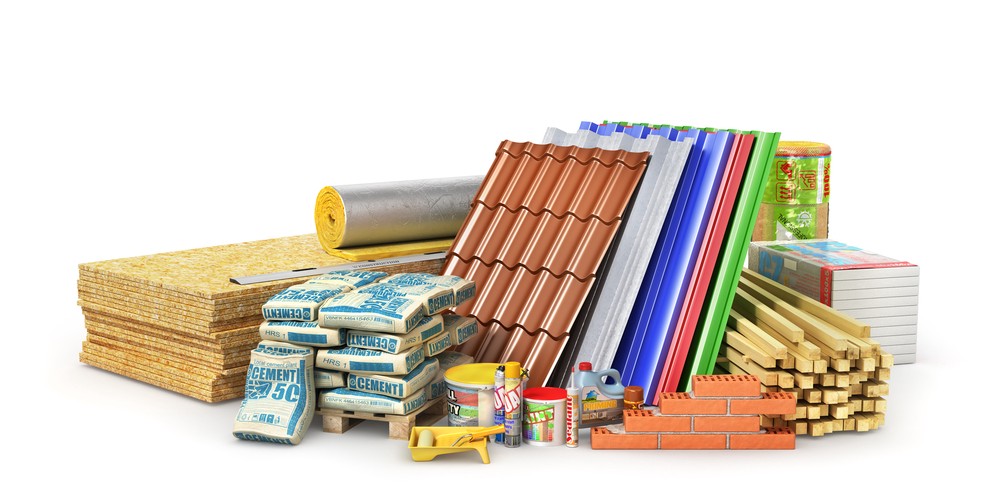Unlocking the Environmental Advantages of Recycled Composites in Building And Construction and Layout
In the world of building and construction and design, the use of recycled composites holds considerable assurance for improving sustainability practices and decreasing ecological impact (composites). By incorporating these ingenious materials, there is a prospective to address important problems such as waste reduction, energy conservation, and a decline in carbon impact. The shift towards a much more lasting future in these sectors hinges on opening the full potential of recycled composites. This discussion will certainly explore the complex advantages and obstacles connected with integrating recycled composites into construction and layout, supplying a look right into the transformative possibilities that exist in advance.

Environmental Effect Reduction
The decrease of ecological influence via the use of recycled composites in construction and design plays an important function in lasting practices. By integrating recycled compounds right into structure materials, the building market can significantly reduce its carbon footprint and add to an extra environmentally friendly future. These sustainable products, made from repurposed plastics, timber fibers, or various other recycled aspects, provide a feasible option to standard building and construction materials without jeopardizing on top quality or durability.
Recycled compounds help divert waste from land fills and minimize the need for removing resources, therefore conserving natural sources. Furthermore, the manufacturing process of these compounds usually takes in much less power and produces fewer greenhouse gases compared to creating virgin materials (composites). This change in the direction of using recycled composites not only minimizes environmental injury yet likewise advertises a round economic climate by urging the reuse of products that would or else be disposed of
Waste Reduction
With an emphasis on lessening waste in construction and design, the integration of recycled compounds provides a lasting service to reduce ecological influence. Waste minimization is an essential element of sustainable techniques, and the usage of recycled composites provides an opportunity to accomplish this objective properly. By utilizing products that have already served their preliminary function, such as recycled plastics or reclaimed wood fibers, the building and construction and layout industries can dramatically lower the amount of waste produced and sent to landfills.
Recycled compounds have the possible to divert substantial quantities of waste from typical disposal techniques, adding to a much more round economic climate where resources are utilized successfully. In addition, the manufacturing procedure of recycled compounds often takes in less energy and generates fewer discharges compared to virgin products, additionally decreasing the ecological impact of building and construction and style projects.
Applying waste minimization techniques with the consolidation of recycled compounds not only assists in conserving all-natural sources however likewise advertises a much more sustainable method to building and creating for a greener future.
Energy Conservation
Integrating recycled composites not only reduces waste in building and style but likewise plays a critical role in improving power conservation techniques within the sector. Making use of recycled composites in building can substantially add to power conservation via various means. Firstly, the manufacturing of virgin materials commonly calls for considerable energy inputs, whereas using recycled composites consumes less power, therefore decreasing general energy intake. In addition, integrating recycled compounds can add to better insulation residential or commercial properties in buildings, reducing the demand for too much home heating or cooling, and subsequently decreasing power usage for climate control. In addition, the lightweight nature of several recycled compounds find out this here can result in lighter frameworks, requiring much less power for transport and installment. By advertising the use of recycled composites in construction and design, the industry can make substantial strides in the direction of achieving energy efficiency and decreasing its carbon impact, eventually adding to a much more sustainable built setting.
Carbon Impact Decrease
Enhancing sustainability practices via the utilization of recycled composites in building and construction and style dramatically reduces the carbon impact of the industry. By including recycled materials right into the manufacturing of compounds, the need for virgin sources decreases, bring about reduced energy usage and greenhouse gas discharges linked with conventional manufacturing processes. This decrease in carbon footprint is crucial in combating climate modification and promoting a much more eco-friendly technique to building and construction and layout.
The carbon impact decrease attained with the adoption of recycled compounds straightens with the worldwide push towards sustainable techniques and the reduction of commercial exhausts. Eventually, by prioritizing the combination of recycled Continued composites, the industry can make substantial strides in reducing its carbon impact and adding to an extra sustainable future.
Sustainable Future
The integration of recycled compounds in building and construction and style not just addresses instant environmental problems however additionally lays a solid structure for a lasting future in the industry. By integrating recycled compounds into building products and products, the building and construction and layout industries can significantly lower their reliance on virgin sources, bring about a more circular economic situation. This shift in the direction of sustainability is crucial for mitigating the environmental impact of standard building methods, which often lead to high levels of waste generation and source deficiency.

Final Thought
To conclude, recycled compounds supply considerable environmental benefits in building and construction and layout by minimizing ecological influence, decreasing waste, conserving energy, reducing carbon impact, and promoting a sustainable future. Accepting the usage of recycled composites can contribute to a much more environmentally-friendly method to building and style, ultimately bring about an extra sustainable and greener future for all.
The decrease of ecological effect with the use of recycled compounds in construction and layout plays a critical duty in sustainable techniques.With a focus on decreasing waste in building and construction and design, the integration of recycled compounds provides visit a lasting option to decrease environmental influence. By advertising the use of recycled compounds in building and layout, the sector can make considerable strides towards attaining power efficiency and reducing its carbon impact, ultimately adding to a more sustainable built setting.
